Flourishes are the backbone of any garden! While annuals give a brisk tone to the entire season, they live for just a single year. Perennials return for a long time, so they are great speculation to take advantage of your nursery budget. They additionally sprout for a more limited timeframe early, mid-season, or later in the season, with their blossoming period going on for half a month or thereabouts. They commonly require a couple of weeks to get set up, do not as well, fret if they appear to be dull the first year or two. They are setting down a root system to restore greater and better every year.
When planning your nursery, please make a point to peruse the plant tag or depiction to check their USDA Hardiness zone so that they will endure winters in your area. Likewise, plant Flowers will get the right measure of daylight: Full sun implies at least 6 hours out of every day, while the part sun is about a large portion of that. Shade indicates no immediate daylight. You can plant Flowers essentially any season if you keep them watered as they get set up. Now plan to fall head over heels in love for our number one blossoms to add tone and magnificence to your nursery for a long time.
Passionflower
Supernatural in appearance, passionflower plants add rich tone and a novel visual sprinkle to a nursery; some of these beautiful blossoms can measure around 3 inches wide. There are more than 500 species – generally plants, however, a few bushes.
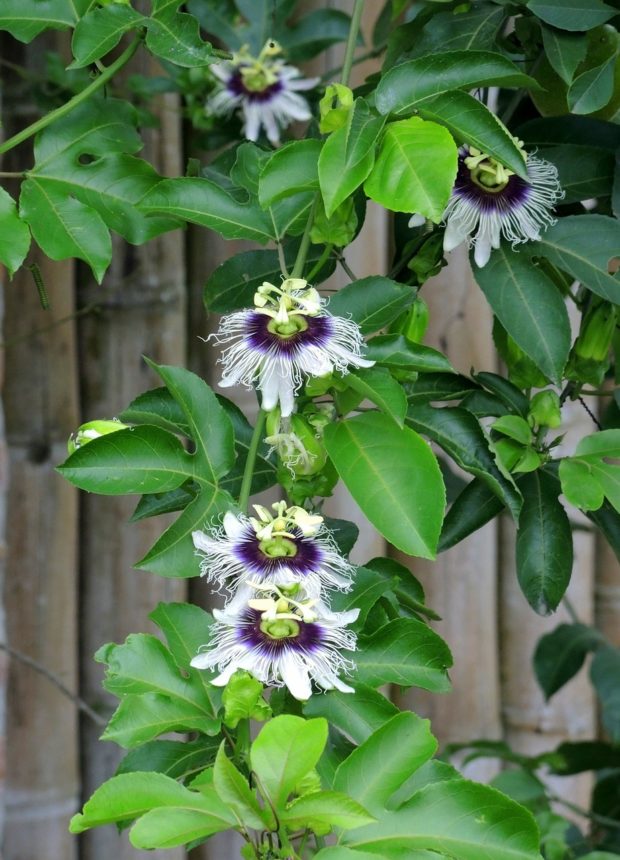
African Violets
Among the simplest blossoming houseplants you can develop, African violets sprout a few times each year with little exertion from you. They come in many varieties, some with variegated foliage or unsettled or white-edged blossoms. African violet likes warm conditions and separated daylight yet try not to get water on the fluffy leaves; it causes terrible brown colored spots.

Black-Eyed Susan
Your nursery needs these lovely blossoms, which show up from mid-summer to fall. Read the tag since some are enduring, and some solitary most recent two years (which is designated “biennial”), so they are treated as annuals and replanted each year. Give them full sun.
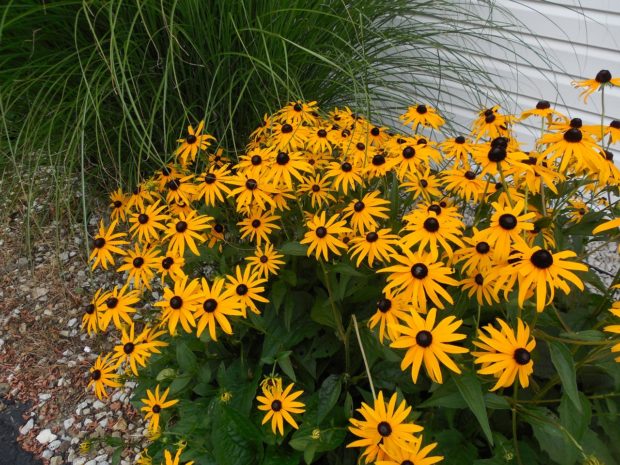
Borage
Borage develops into a comprehensive, gangly plant that is flawless in a bungalow garden. However, it very well, maybe to some degree, chaotic in more formal borders. It is a spice that is comfortable in a vegetable nursery. The blossoms are a reference point for honeybees and a joy for gardeners. The two of its leaves and flowers are palatable with a subtle cucumber flavor. The plant is quickly developing and can be straightforwardly planted in the ground. From that point onward, it will, in general, reseed itself.
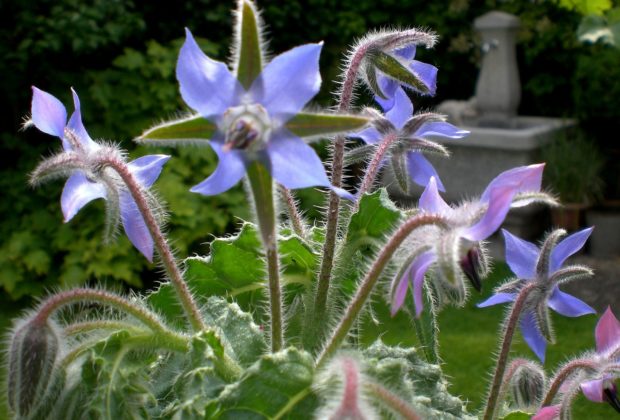
Jasmine
Jasmine is an enduring blossom with a great aroma known for its numerous health advantages; in addition to other things, it is discovered that jasmine quiets nerves, builds moxie, and helps battle malignancy. There are multiple types of jasmine proposed for fancy development and, in any event, for developing tea leaves. It is suitable for filling in the house or cultivate and can even move between them as indicated by the season. The germination process of jasmine starts 30-60 days after planting.
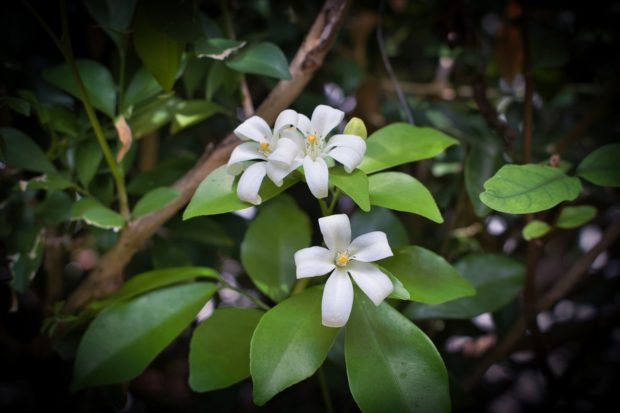
Peony
Compound sprouts and a sweet scent are the most conspicuous attributes of the much-cherished peony. The cut blossoms, ranging from singles to massive copies and white to red – make incredible flower bundles either alone or as allies to other late-spring bloomers.
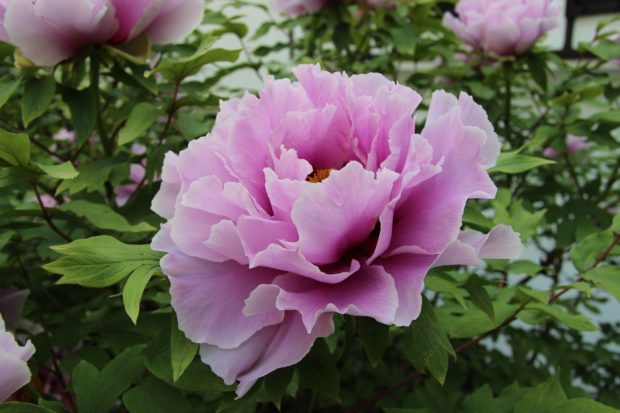
Amsonia
Groups of brilliant blue blossoms cover this plant from spring to late spring. It glances best planted in masses. It loves part to full sun.
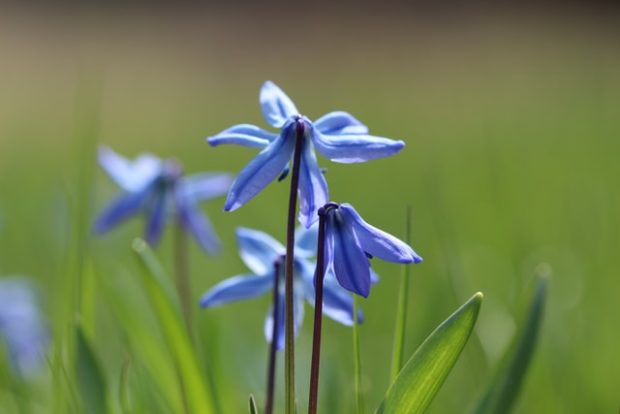
Scented Geranium
Scented geraniums with brilliant, beautiful blossoms become lovely houseplants. However, developing geranium inside is not similarly simple as other blooming houseplants in this list. It requires a south or west-bound window that gets sufficient sun and moderate watering.
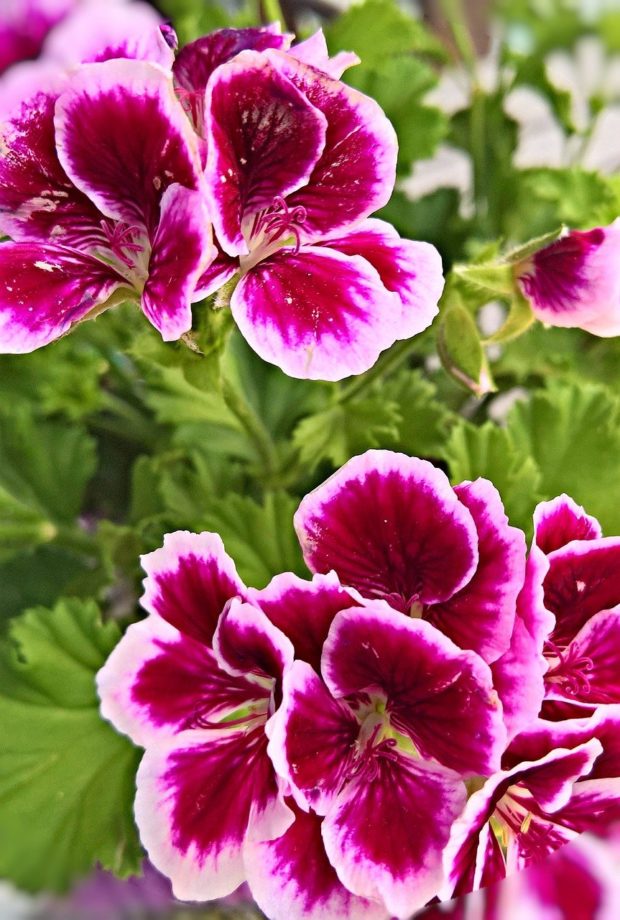
Calendula
Calendula, or pot marigolds, are essential for the daisy family and are not identified with marigolds of the sort Tagetes. Pot marigolds are viewed as a consumable bloom; however, they have a predominately unpleasant flavor. It is their splendid orange shading that livens up a plate.
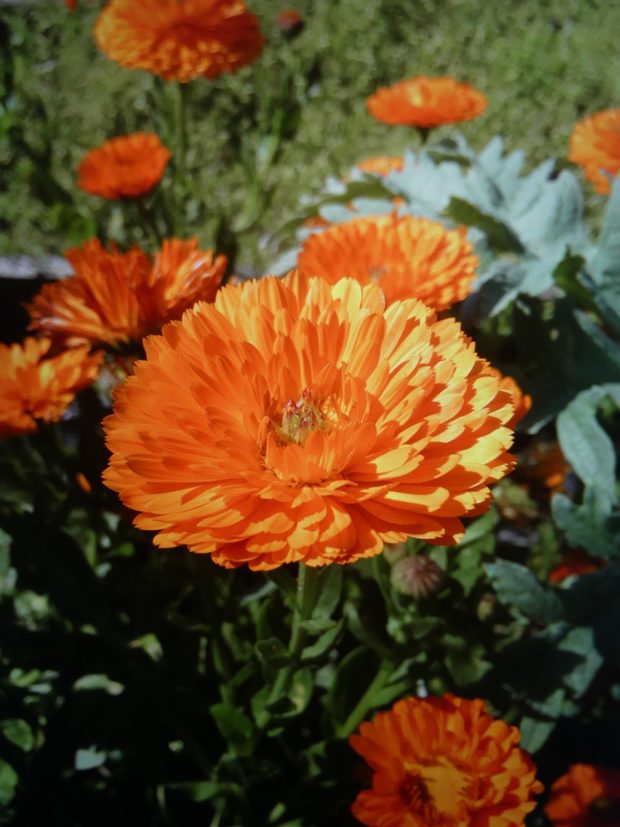
In the nursery, calendula is a blended blessing. It repulses a few irritations, for example, asparagus insects and tomato hornworms. But it additionally draws in a couple of others, including aphids. Try not to allow that to deflect you. You can utilize the flower as a snare crop, putting it on the opposite side of the vegetable nursery from plants aphids regularly assault, for example, peas.
Iris
The iris is a perennial blossom named after Iris, who was the rainbow goddess in Greek folklore. There are more than 300 types of irises. The iris fills in a broad scope of shadings and is climate safe, particularly excellent, and comfortable for home growing. The germination process of the iris starts 3-4 months after planting.
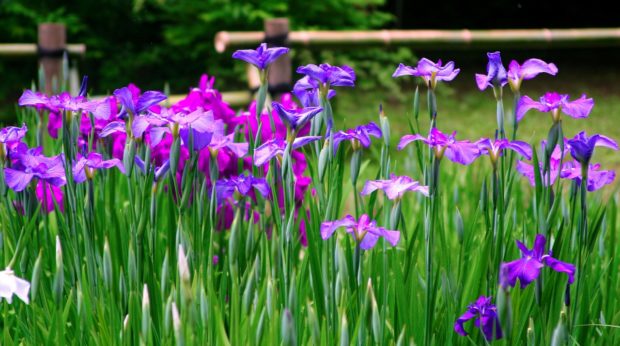
Balloon Flower
Occasionally called Chinese bellflower, perennial balloon blossom comes in varieties that range in height from dwarf to a few feet. Simple to develop, the plant gets its name from the bloom buds, which take after an inflatable before opening. It is generally perceived – and frequently utilized – shading is a rich purple-blue. However, varieties of this excellent blossom can be found in both pink and white.
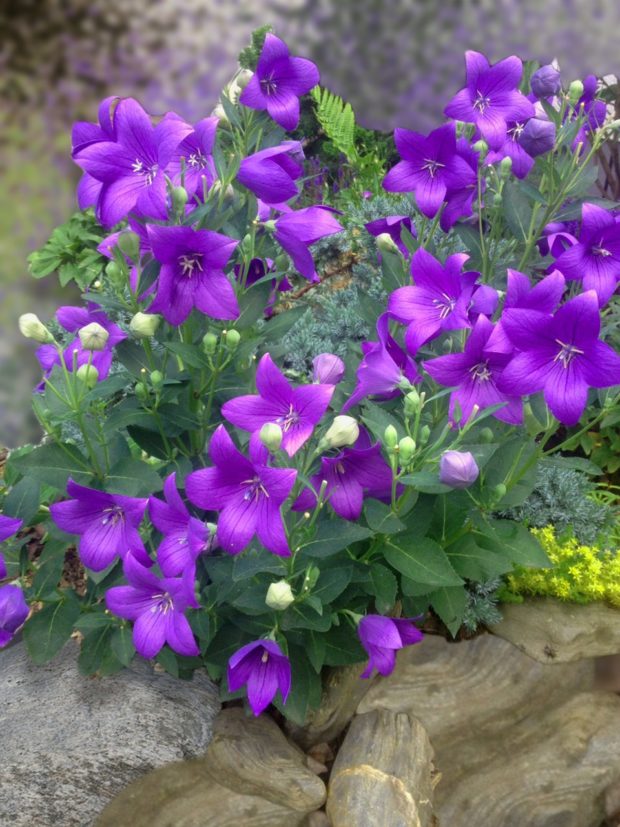
Sedum
Sedum has beefy leaves, so it is dry season strong, and challenging. It arrives in a surprising number of structures. Search for low-developing or creeping types, just as more upstanding varieties, which make dependable cut blossoms. Provide it full sun.
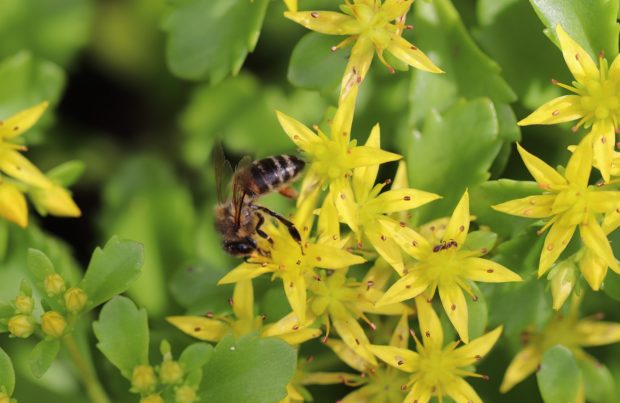
Cosmos
Barely any blossoms develop as effectively and sprout as abundantly as cosmos. Those blossoms can also be put to down to earth use in the vegetable nursery, as they draw in numerous supportive creepy crawlies. For example, if you need to attract green lacewings, pick a white or brilliant orange variety, for example, ‘Cosmic Orange.’
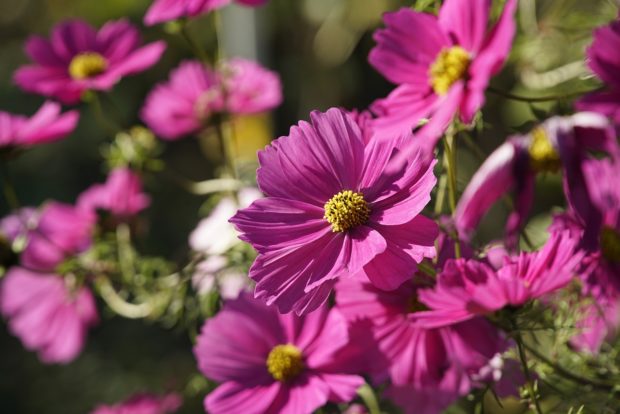
Roses
The rose is a common perennial blossom that men worldwide provide for their accomplices as an offer of love. Roses blossom in many various tones and shades, the main ones being red, pink, orange, and white, and when appropriately treated, they can sprout for a long time. You can plant rose seeds that will grow after around five months, and another chance is planting roses that have just bloomed. Roses are suitable for filling in the nursery or closed farm building planters.
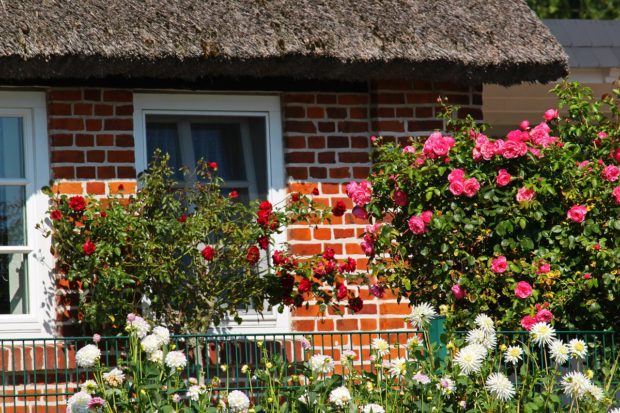
Author Bio
Jensen Bennett, is the writer who creates the articles and blogs on varied topics including the home and garden, garden improvement, and storage buildings market, and other Quonset buildings domains. She writes the blogs and article for the leader in self storage buildings and climate controlled storage buildings market and shares her quality content.
The post Type of Flowers that Can Enhance Beauty of Your Home and Garden appeared first on YourAmazingPlaces.com.
from YourAmazingPlaces.com https://ift.tt/3qGQ4ww








0 comments:
Post a Comment